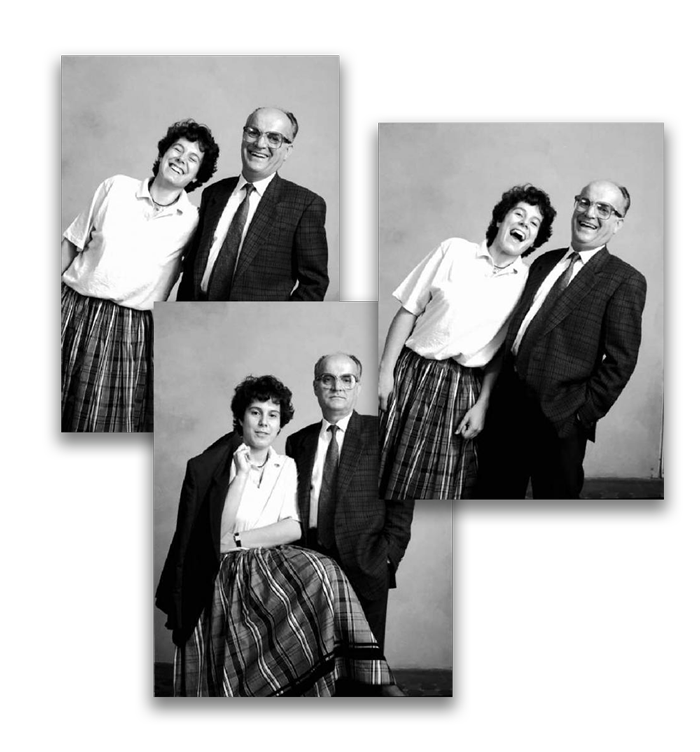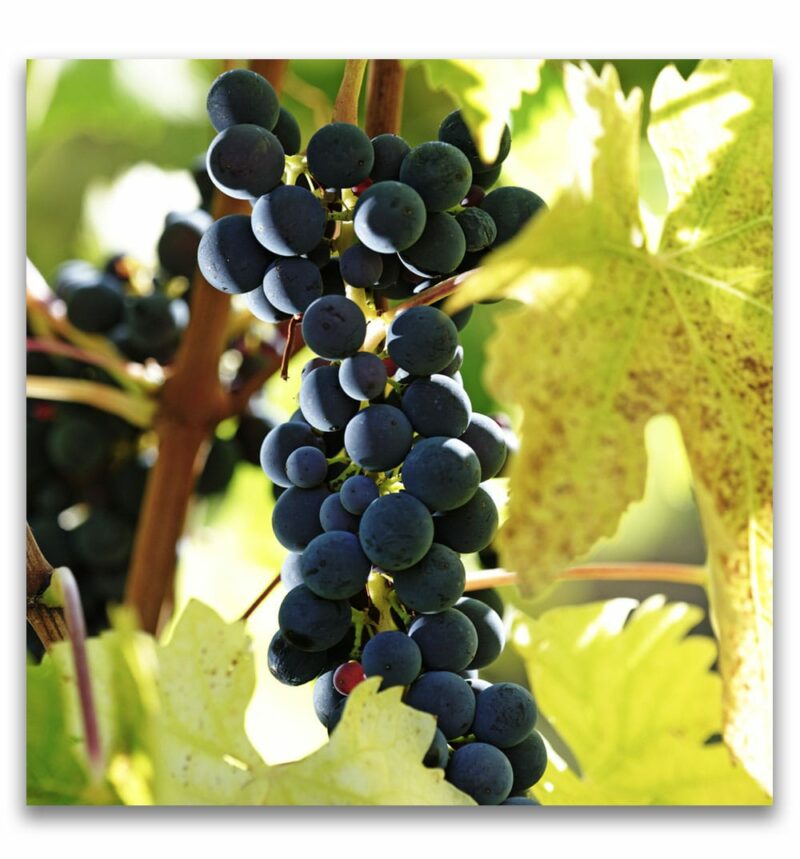"“To achieve quality, shortcuts don’t count.
All the more when it comes to wine."
Cristina Geminiani
It takes time, dedication, care, expertise. And great courage. In the spirit that Cristina Geminiani brings to her work there is all of this: a way of cultivating the vine, harvesting the grapes, transforming them into wine that reflects the wisdom of tradition and the courage to confront the new.
Every creation of Fattoria Zerbina comes from a deep bond with the land, from listening to the hidden language of the vines, finding voice and expression through Cristina’s sensitivity, instinct and passion. Only then does the earth become wine, and the wine a work.

Everything began in 1966, when Vincenzo Geminiani, soon after acquiring the estate of the name, decided to plant the first vineyards and start producing wine, winning numerous awards from the beginning—taking into account the qualitative standards of those times.
The turning point came in 1987, when Cristina Geminiani, Vincenzo’s granddaughter and current owner and manager of agricultural and enological development, decided to dive in to the adventure head first with the goal of improving the quality of Sangiovese and Albana.
For Sangiovese —above all Pietramora— the commitment entailed a little more than two years in the planting of the first vineyard with a high density of the antique low-trained bush system called albarello, a more than avant-garde choice in Italian viticulture then, and the decision to experiment with the first reliable clonal selections of this grape, both from Romagna and Tuscany.

Equally innovative was the approach to Albana. Cristina Geminiani decided to try, with Scaccomatto, the process of noble rot in the grapes and of harvesting in the styles of Sauternes. A brave choice, which required sacrifices and dedication, rewarded by remarkable success beginning with the first vintages of Scaccomatto. Since 1992, the knowledge and experience to manage the development and selection of noble rot were consolidated, as well as the risk and the psychological stress that this kind of harvest brings with it.
At the same time the Marzieno project was introduced with a wine created as a blend of Sangiovese and Cabernet Sauvignon, which in the last six vintages has won numerous awards. In these later vintages a studied control of the final blend has been carried out, using variable percentages of Merlot and Syrah from year to year.
The presence of Ancellotta, a traditional vine of the hills that was often used casually, became the object of special attention by the winery, so much so that it is considered, with a certain presumption, our “Petit Verdot.”
On the horizon
After the first vintages and ongoing experimentation, the winery has developed a personalized style for each type of wine. Today we try to confirm our savoir-faire in facing new challenges with projects related to an even stronger commitment to our territory.
For red wines, and Sangiovese in particular, the alberello bush-trained system has allowed us to develop wines with a personalized style linked to the hills of Marzeno, blending the best batches of Sangiovese coming from various vineyards to fit the profile of that kind of wine. This is how Pietramora, Torre di Ceparano and Ceregio Rosso were created.
Starting in 2016, we began the Monografia project to provide a prestigious collection of wines from single Sangiovese vineyards grown using alberello, designed to best express the character of each vintage. The Monografia project will continue with the 2017, 2018 and 2020 vintages. From a single vineyard Sangiovese we also produce a simpler wine, Poggio Vicchio, which will bear the name of our reference subzone of Marzeno DOC Romagna Sangiovese.
As for white wines, above all Albana, starting from the archetype Scaccomatto, and ranging through AR, Arrocco and Tergeno, we closed the circle with Bianco di Ceparano, our latest creation. The result of a different approach to viticulture from that required for noble molds, it allowed us to produce a highly personalized wine, which highlights the hidden potentialities of a grape variety endowed with good aromatic character and great acidity, essential features for sweet wines.
We like to think of it as a sequence to similar German superior quality wines qualified with predicate (Qualitätswein mit Prädikat).

